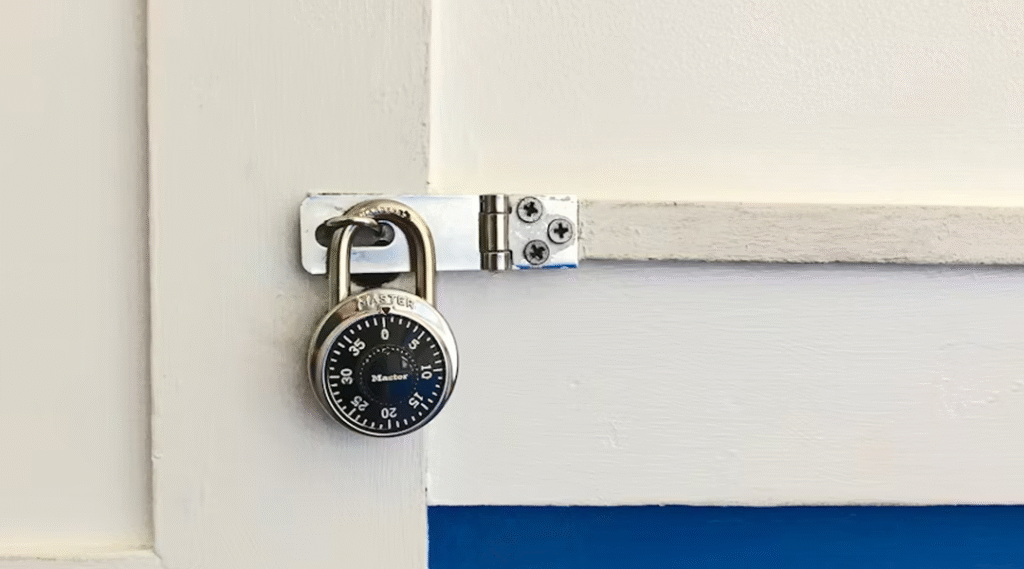The surge of connected devices has transformed homes and businesses in recent years, and the humble door lock is no exception. Smart locks—electronic locking mechanisms that connect to networks and mobile apps—have shifted from niche curiosities to mainstream security staples. In this analysis, we explore how smart locks came to be, the benefits they deliver, current market trends, leading manufacturers, product comparisons, and strategic advice for companies seeking to capture share in this rapidly evolving sector.
The Evolution of Smart Locks
Smart locks trace their roots to the early 2000s, when RFID and wireless technologies first made keyless entry possible. Initial commercial offerings leveraged basic Bluetooth or keypad entry, but lacked robust security and interoperability. As smartphones proliferated and the Internet of Things (IoT) matured, lock makers integrated Wi‑Fi, Z‑Wave, and Zigbee standards, enabling remote control, real‑time alerts, and seamless integration with home‑automation platforms. Today’s smart locks combine advanced cryptography, biometric sensors, and cloud‑based access management to deliver a level of convenience and visibility unimaginable a decade ago.
Benefits Powering Adoption
Smart locks offer a range of tangible advantages over mechanical deadbolts:
- Keyless Convenience: Homeowners can lock or unlock doors via smartphone app, keypad code, fingerprint scan, or voice assistant—eliminating lost‑key hassles and lockouts.
- Remote Access & Monitoring: Users receive real‑time notifications when doors are opened, can grant temporary access codes to guests or service providers, and revoke permissions instantly.
- Enhanced Security: Tamper alerts, activity logs, and auto‑lock features deter intruders. Some models include built‑in alarms that activate upon forced entry attempts.
- Integration & Automation: When paired with security cameras, lighting, and thermostats, smart locks enable “away” modes that secure doors and adjust home settings automatically.
- Data‑Driven Insights: Commercial users—such as property managers—gain occupancy analytics, enabling optimized cleaning schedules, maintenance planning, and tenant billing.
These benefits translate into higher consumer willingness to invest: recent surveys indicate over 45% of new home buyers intend to install smart locks within their first year of occupancy.
Market Trends and Projections
The global smart lock market surpassed USD 1.2 billion in 2023 and is forecast to grow at a compound annual growth rate (CAGR) of 16–18% through 2030. Key tailwinds include:
- Residential Retrofit Boom: As smart‑home adoption matures, existing homes are being retrofitted with smart security devices at scale.
- Commercial & Multifamily Growth: Property managers install networked locks in multi‑unit housing, hotels, and office buildings to streamline operations and bolster tenant satisfaction.
- DIY vs. Professional Installation: Entry‑level Bluetooth and Wi‑Fi models cater to DIY enthusiasts, while enterprise‑grade Z‑Wave and CAT‑5 PoE locks target professional integrators.
- Standardization & Interoperability: The emergence of Matter IoT standards promises cross‑vendor compatibility, reducing consumer friction and accelerating adoption.
By 2030, market revenues are projected to exceed USD 4 billion, with residential applications accounting for roughly 60% of sales.
Key Players Shaping the Landscape
Several manufacturers dominate the smart lock arena:
- August Home: Pioneers of retrofit smart locks, August offers Bluetooth, Wi‑Fi, and new Matter‑compatible models that attach to existing deadbolts.
- Schlage (Allegion): Leveraging decades of lock‑making expertise, Schlage’s Encode and Sense lines feature built‑in Wi‑Fi and fingerprint recognition, with ANSI/BHMA Grade 1 certification.
- Yale (Assa Abloy): Yale integrates Z‑Wave connectivity for professional installations, alongside versatile keypad and Wi‑Fi options for consumers.
- Kwikset (Spectrum Brands): Known for fingerprint‑enabled Halo and Obsidian series, Kwikset combines SecureScreen technology to thwart code‑peeking.
- Ultraloq: A disruptor offering 6‑in‑1 access—fingerprint, code, smartphone, knock‑to‑open, key, and auto‑unlock proximity—in sleek, battery‑powered designs.
These incumbents compete on features, security certifications, aesthetics, and ecosystem compatibility.
Product Comparison Highlights
| Feature | August Wi-Fi Smart Lock | Schlage Encode Plus | Yale Assure SL Z-Wave | Kwikset Halo Touch | Ultraloq UL3 BT+ |
|---|---|---|---|---|---|
| Connectivity | Bluetooth & Wi‑Fi | Wi‑Fi & Bluetooth | Z‑Wave | Bluetooth & Wi‑Fi | Bluetooth only |
| Access Methods | App, voice, auto‑lock | App, PIN, Bluetooth | PIN, app, key | Fingerprint, PIN | Fingerprint, PIN, knock, app |
| Integrations | Home Kit, Alexa, Google | Matter, Alexa, Google | Samsung SmartThings | Alexa, Google | Alexa, Google |
| Security Rating | ANSI Grade 2 | ANSI Grade 1 | ANSI Grade 2 | ANSI Grade 2 | ANSI Grade 2 |
| Battery Life | ~6 months | ~9 months | ~12 months | ~6 months | ~8 months |
| Price Range | US$160–200 | US$210–260 | US$180–220 | US$200–240 | US$170–200 |
This snapshot reveals trade‑offs: professional Z‑Wave solutions offer longer battery life but require expert installation, while consumer Wi‑Fi locks excel in DIY convenience.
Strategies for Winning in a Heated Market
To stand out amid fierce competition, smart‑lock makers should consider:
- Embrace Open Standards: Prioritize Matter and other interoperability frameworks to ensure cross‑brand compatibility and future‑proof installations.
- Differentiate on User Experience: Invest in intuitive mobile apps, seamless setup wizards, and responsive customer support to reduce buyer friction.
- Build Security Credibility: Obtain top ANSI/BHMA certifications and third‑party security audits; publicize bug‑bounty programs to reinforce trust.
- Expand Ecosystem Partnerships: Collaborate with security integrators, smart‑home platforms, and property‑management software to embed locks into broader solutions.
- Innovate on Power and Form Factor: Develop low‑power, energy‑harvesting designs and slimline profiles that appeal to design‑conscious consumers and multi‑family developers.
Final Thoughts
Smart locks have evolved from novelty gadgets into foundational elements of modern security and home automation. With robust growth projections, a diversity of use cases, and continuous technological advances, the market offers fertile ground for both established brands and agile newcomers. Those that combine open standards, user‑centric design, rigorous security, and strategic partnerships will be best positioned to turn the key on future growth—and lock in lasting competitive advantage.
Relative articles you may like:
The Intelligent Kitchen Revolution: How IoT Is Transforming Culinary Spaces
Battle of the Hubs: Who Will Dominate the Future Smart Home Market?
As for in-depth insight articles about AI tech, please visit our AI Tech Category here.
As for in-depth insight articles about Auto Tech, please visit our Auto Tech Category here.
As for in-depth insight articles about Smart IoT, please visit our Smart IoT Category here.
As for in-depth insight articles about Energy, please visit our Energy Category here.
If you want to save time for high-quality reading, please visit our Editors’ Pick here.



